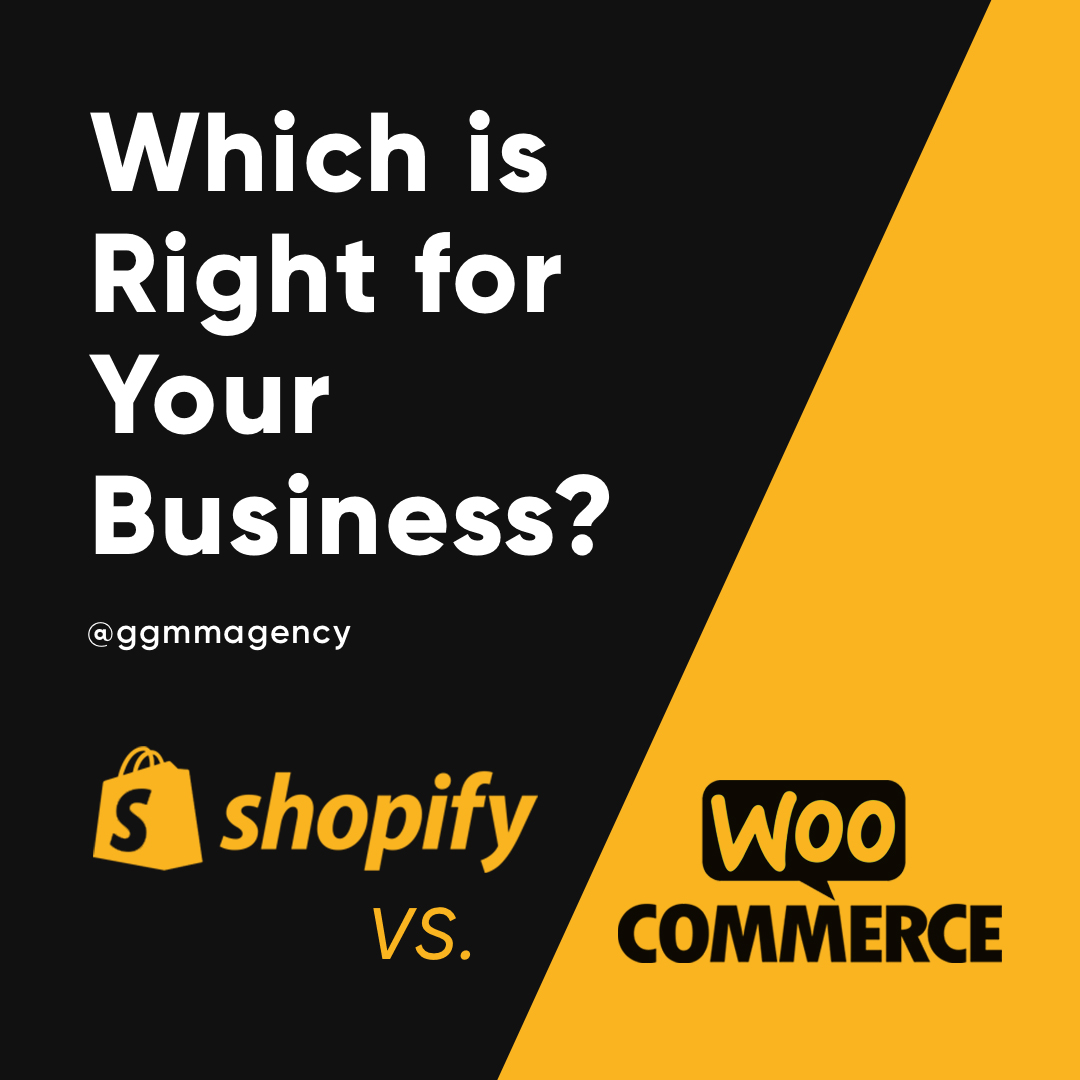Over the last several months, we had the opportunity to redesign and develop a new site for a manufacturing giant out of Michigan: Borroughs. Borroughs has been implementing large-scale system integration projects for global companies for decades and has a fast-growing E-commerce business that doubled in 2021. To help Borroughs keep up with demand, we developed a clean, simplified site that inspires visitors to take action. Below are a few principles that we used to redesign their site and, when implemented, will benefit any business.
- Pass the five-second test. This rule comes from Donald Miller’s workshop in 2017; however, it’s even more relevant in 2022. Within five seconds, website visitors need to know precisely:
- What your business does
- How you’re going to make their life better
- Where to buy your product (or how to contact you — based on your primary call to action)
- Keep your load time down. This goes right along with principle one; if your site takes too long to load, you can count on a high bounce rate. This is especially crucial if you use paid advertising to drive traffic; website visitors without conversions equals throwing money out the window. Borroughs’ old site was bogged down by an excessive amount of plugins. By simplifying the site, we drastically decreased the number of plugins and improved their load time.
- Make your website scannable and speak directly to your audience. A fatal flaw is having too much copy and going extremely in-depth on products and services right off the bat. Although that is fine on certain inner pages, your visitors will likely never make it that far if you do that upfront. Your homepage should be scannable and easy to navigate so the visitor can move from point A to point B as quickly and seamlessly as possible. Most homepages would be better off cutting their copy by 50-80%.
- Have a clear call to action (CTA). Calling your visitors to action displays confidence and we’re not talking about annoying pop-ups that disrupt the user experience. Although exit pop-ups can be effective when used on specific sites, we’re talking about directing visitors to clear actionable selections (i.e., shop, contact us, etc.). On Borroughs’ homepage, there are several very clean buttons to direct them to the correct location to capture that conversion.
- Use aspirational videos and photos. On Borroughs’ site, we wanted to hone in on quality, durability, and that their products are made in the USA. It is for this reason that you see a quick montage showcasing their craftsmanship, products, and technology. You want images that get customers excited about what you offer and enable a vision of success with your product or service.
You can check out the Borroughs site below, and if you need any help optimizing your website, reach out!


